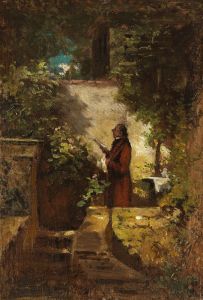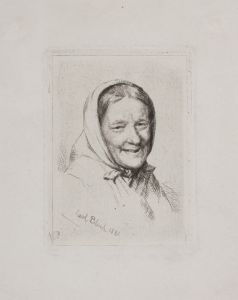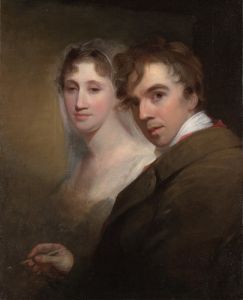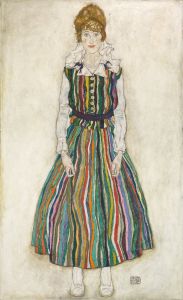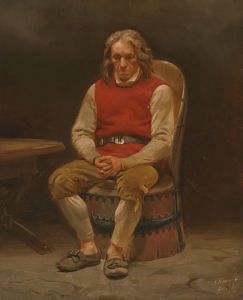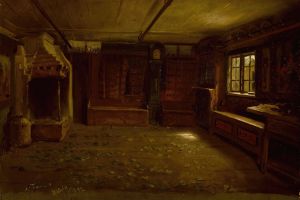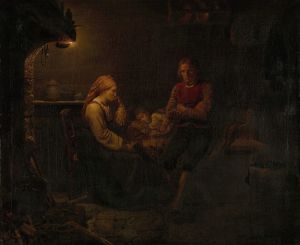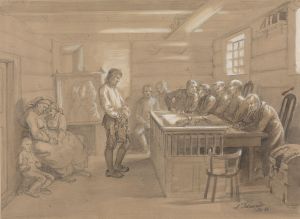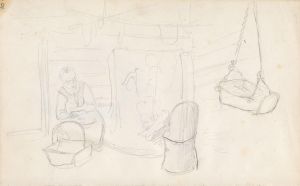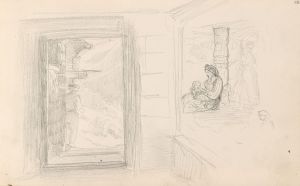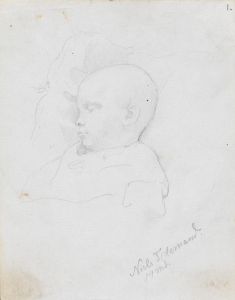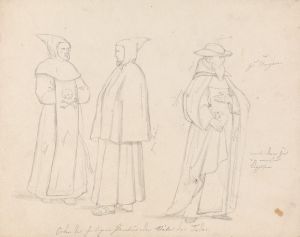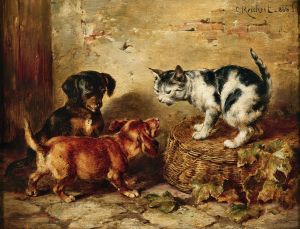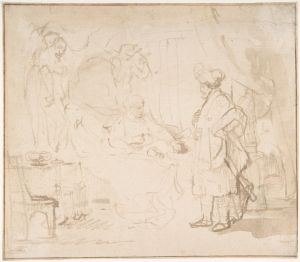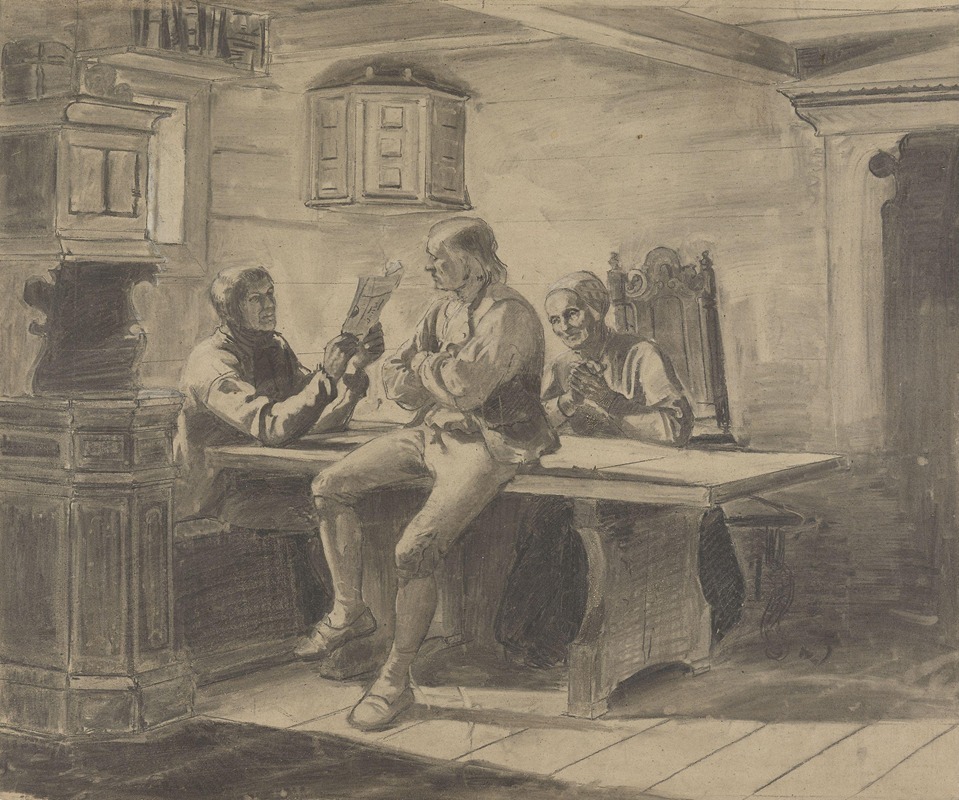
Mann som leser for kone og mann
A hand-painted replica of Adolph Tidemand’s masterpiece Mann som leser for kone og mann, meticulously crafted by professional artists to capture the true essence of the original. Each piece is created with museum-quality canvas and rare mineral pigments, carefully painted by experienced artists with delicate brushstrokes and rich, layered colors to perfectly recreate the texture of the original artwork. Unlike machine-printed reproductions, this hand-painted version brings the painting to life, infused with the artist’s emotions and skill in every stroke. Whether for personal collection or home decoration, it instantly elevates the artistic atmosphere of any space.
Adolph Tidemand was a prominent Norwegian painter in the 19th century, renowned for his depictions of Norwegian folk life and culture. One of his notable works is "Mann som leser for kone og mann" (translated as "Man Reading to Wife and Man"). This painting is a fine example of Tidemand's focus on everyday life and his ability to capture the essence of Norwegian rural society.
Adolph Tidemand was born on August 14, 1814, in Mandal, Norway. He studied art in Copenhagen and later in Düsseldorf, where he became associated with the Düsseldorf school of painting. This school was known for its detailed and realistic portrayal of subjects, which greatly influenced Tidemand's artistic style. His works often reflect a deep appreciation for Norwegian traditions and the country's rural communities.
"Mann som leser for kone og mann" is a genre painting, a style that Tidemand frequently employed to depict scenes from daily life. This particular painting illustrates a domestic scene where a man is reading aloud to a woman and another man. The setting is likely a modest Norwegian home, characterized by simple furnishings and a warm, intimate atmosphere. The painting captures a moment of shared experience and learning, emphasizing the importance of oral tradition and storytelling in rural Norwegian culture.
Tidemand's attention to detail is evident in the way he portrays the characters' clothing and expressions. The clothing is typical of Norwegian rural attire from the 19th century, reflecting the social status and lifestyle of the subjects. The expressions on the faces of the listeners suggest engagement and interest, highlighting the communal aspect of storytelling and the role it played in educating and entertaining people in a time when access to books and formal education was limited.
The composition of the painting is carefully balanced, with the figures arranged in a way that draws the viewer's eye to the central action of reading. Tidemand's use of light and shadow adds depth to the scene, creating a sense of warmth and intimacy. The light appears to emanate from a source outside the frame, possibly a window or a lamp, casting gentle shadows and illuminating the faces of the characters.
Adolph Tidemand's work, including "Mann som leser for kone og mann," is significant not only for its artistic merit but also for its ethnographic value. His paintings serve as historical documents that provide insight into the customs, attire, and daily lives of 19th-century Norwegians. Tidemand's ability to capture the spirit of his subjects with empathy and precision has made his work an important part of Norway's cultural heritage.
Throughout his career, Tidemand collaborated with other artists, most notably Hans Gude, with whom he created several large-scale works. However, his solo works, such as "Mann som leser for kone og mann," remain celebrated for their intimate portrayal of Norwegian life. Tidemand's legacy continues to influence Norwegian art and culture, and his paintings are housed in various museums, including the National Gallery in Oslo.
In summary, "Mann som leser for kone og mann" by Adolph Tidemand is a quintessential example of the artist's dedication to depicting Norwegian rural life with authenticity and warmth. Through his detailed and thoughtful compositions, Tidemand has left an indelible mark on the history of Norwegian art.





